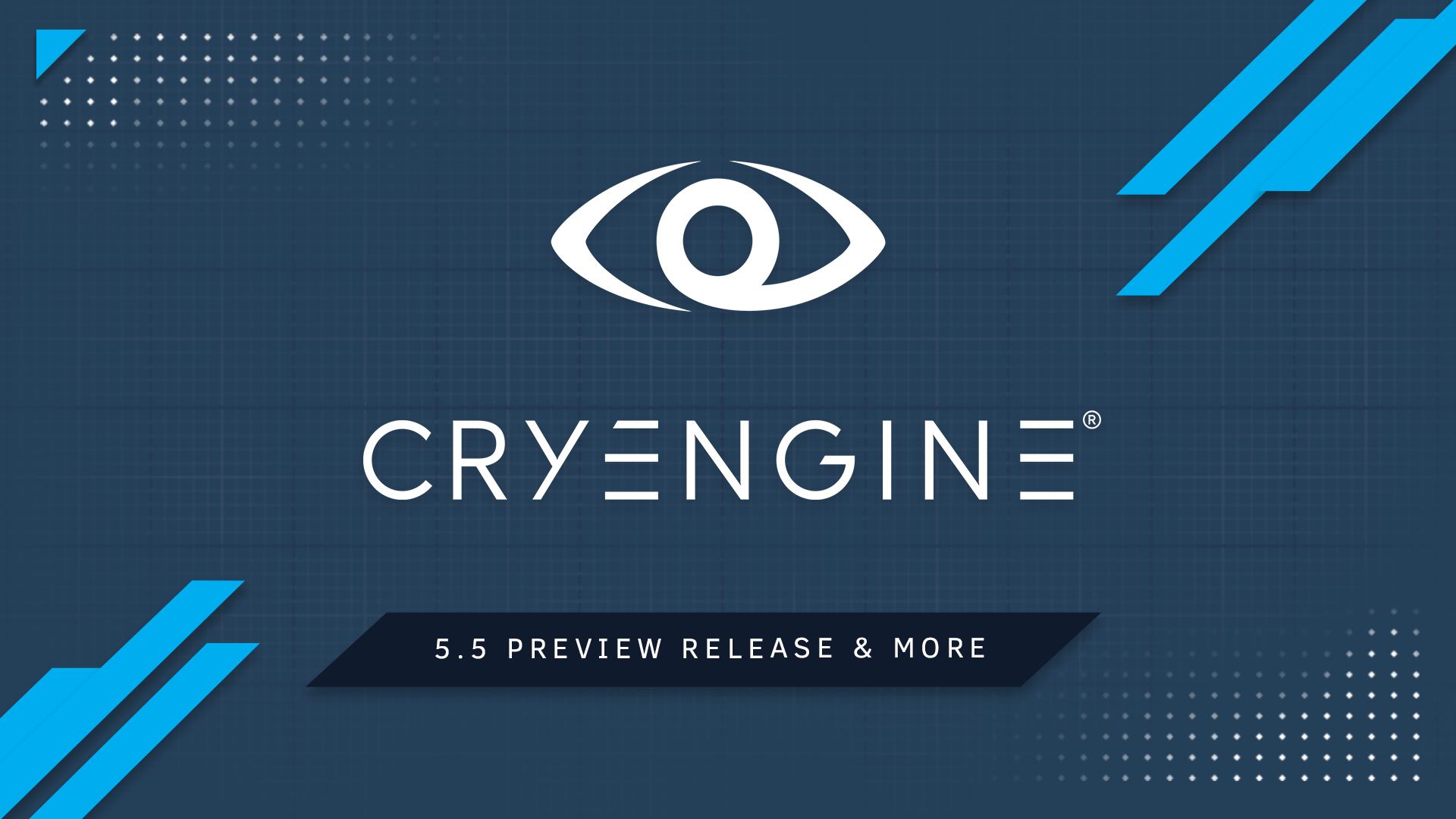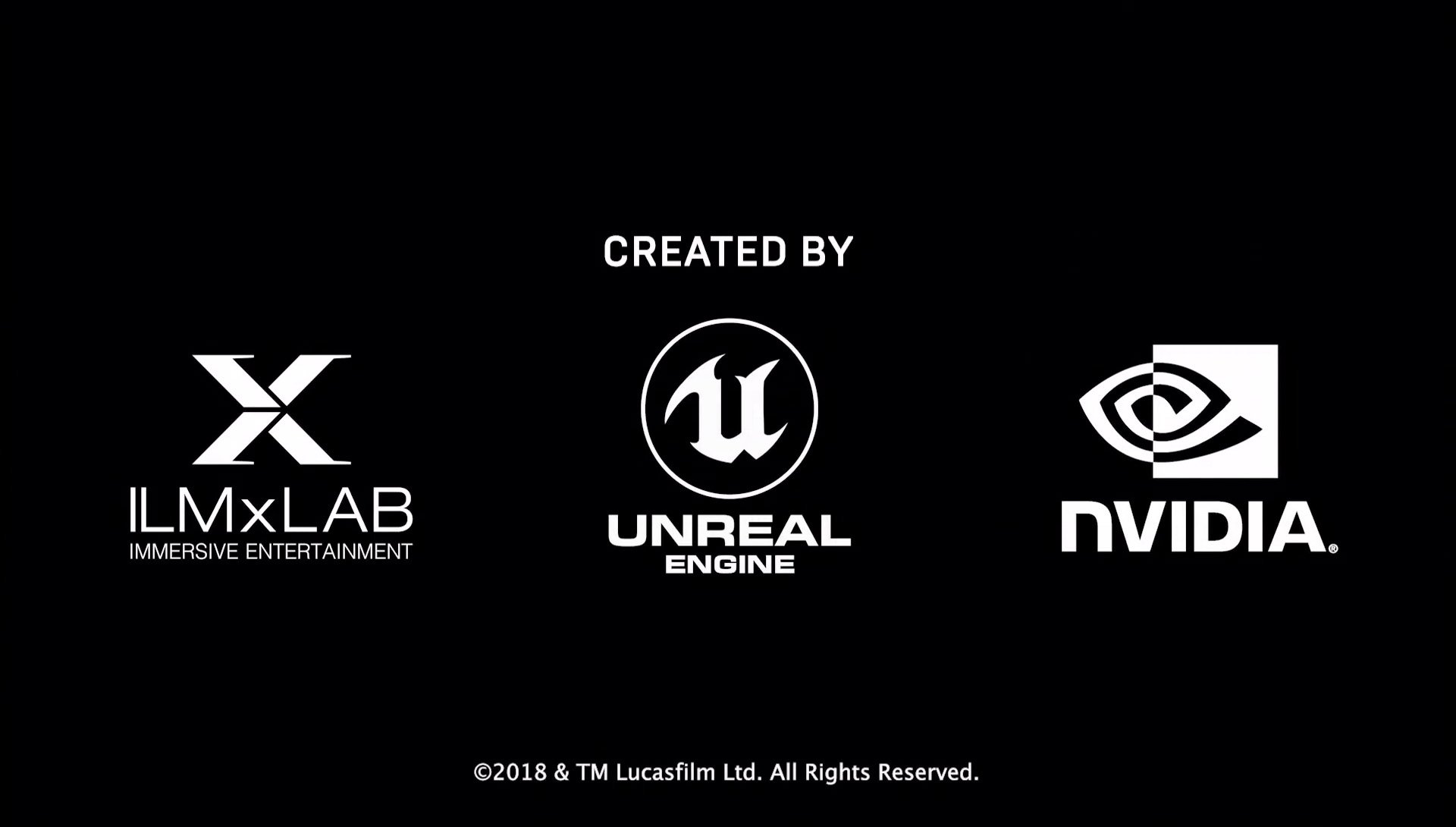Crytek Reveals New CryEngine Royalty-Based User Model, Including Full Access to Editor Source Code
Crytek has announced a new 5% royalty-based model for CryEngine, alongside a range of improvements, enhancements, new learning offerings, and full access to the editor source code. Developers around the world now have complete, uninhibited, and easy access to the power of CryEngine, and the opportunity to have their expertise with the engine recognized.
Creators who release games using CryEngine V will find development faster and easier than ever before and incur costs only after $5,000 is raised in revenue. An enterprise tier will also be introduced for custom support packages and royalty buyouts. Developers currently developing on CryEngine 5.0-5.4 can apply for a royalty exemption if they wish to stay on the current version and not take advantage of access to the editor source code. For more information, consult the CryEngine FAQ pages.
Following the release of CryEngine 5.5, featuring over 260 improvements, fixes, and enhancements, an exciting new addition to the CryEngine ecosystem is the arrival of a new CryEngine Certification Program. The program will consist of three verticals representing core development disciplines. A Technical Artist Certification will recognize proficiency in the digital visual arts, a Designer Certification rewards expertise in using the editor, and the Programmer Certification tests core development knowledge on both the engine and editor codebases. Alongside the CryEngine Certification Program, Crytek has introduced a new documentation structure and walkthroughs to onboard users to CryEngine even faster than ever.
CryEngine’s Product Manager, Collin Bishop, said, “CryEngine 5.5 represents our focus on usability and onboarding with the editor toolset and engine codebase. The arrival of the CryEngine Certification Program, revamped documentation, and new editor source code allows for developers worldwide to work uninhibited with the CryEngine toolset, within a model that provides a price point for all sizes of teams. We have also created a new onboarding project named Flappy Boid that quickly teaches developers how to create a full game in CryEngine from scratch, with no prior engine knowledge, as part of our drive to open up the power of CryEngine to all.”
Additionally, CryEngine 5.5 provides integrations for both the Steam and PSN networks, alongside a new cURL integration for HTTPS.
CryEngine 5.5 highlights
•
Getting Started Course: Our new beginner’s course shows users with no experience in game development how to create a full game in CryEngine in just 10 chapters.
•
SVOGI Improvements: SVOGI can now run on consoles. We have enabled developers to cache SVOGI on the disk and calculate GI completely offline. This means users can make the most realistic scenes yet.
•
Terrain System Improvements: New features and enhancements vastly improve the terrain system, including the ability to weight and blend multiple materials, more detailed height maps, and more.
•
Updated Entity Components: New and legacy components are integrated in the new entity system, including rain and water ripple entities. A new VR Camera and interaction component makes getting up and running with VR even easier.
•
C# Upgrades: We have expanded how users can create C# assets directly inside the Asset Browser, with Visual Studio instances, debugging through the IDE, and more.
•
Game Platform Plugins: A brand-new Game Platform plugin allows for easy access to common distribution platforms and data transfer protocols. This includes Steamworks and PSN API functions like matchmaking, leaderboards, and achievements.
To see how developers around the world are achieving their vision with CryEngine, check out our new CryEngine developer showcase video and the CryEngine tech trailer above.
CryEngine 5.5 can be downloaded now at
cryengine.com. Stay up to date with Crytek’s latest news from GDC 2018 on
Twitter,
Facebook, and at
crytek.com.








